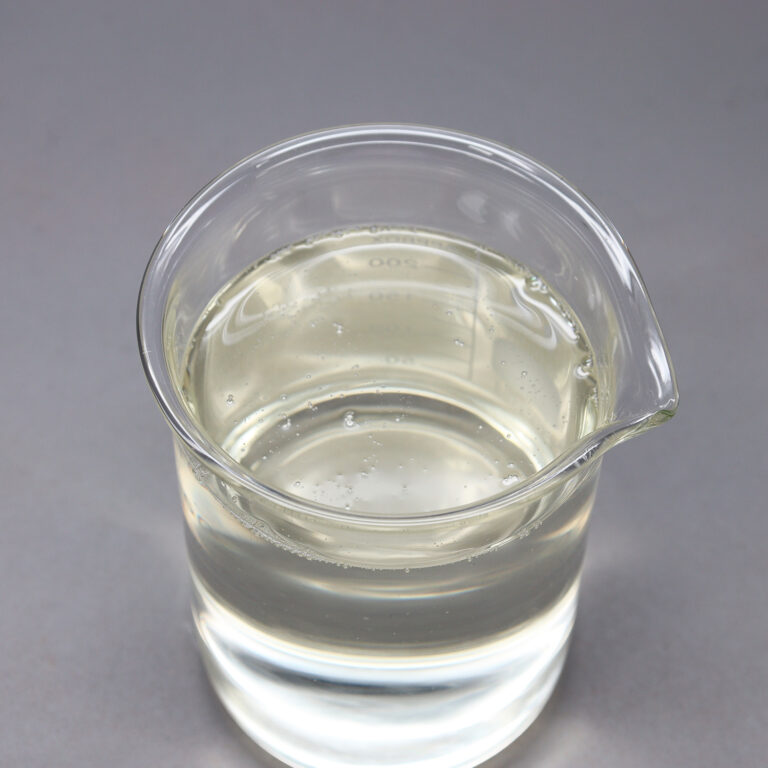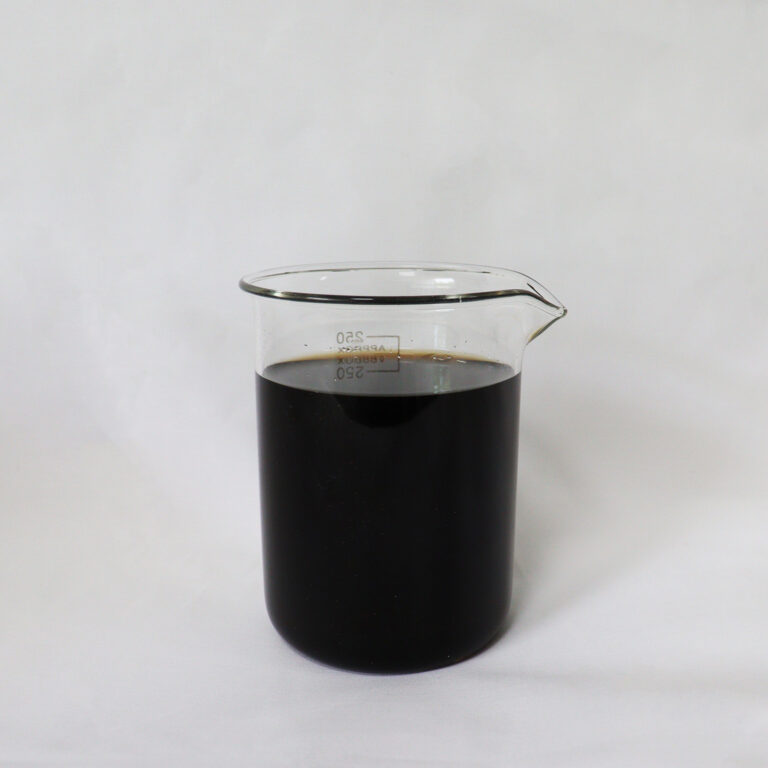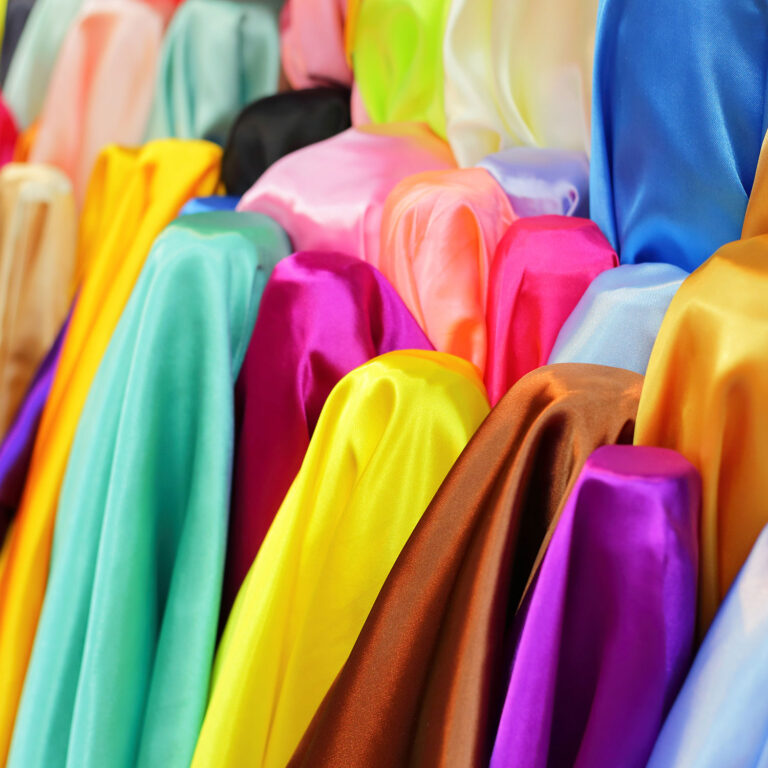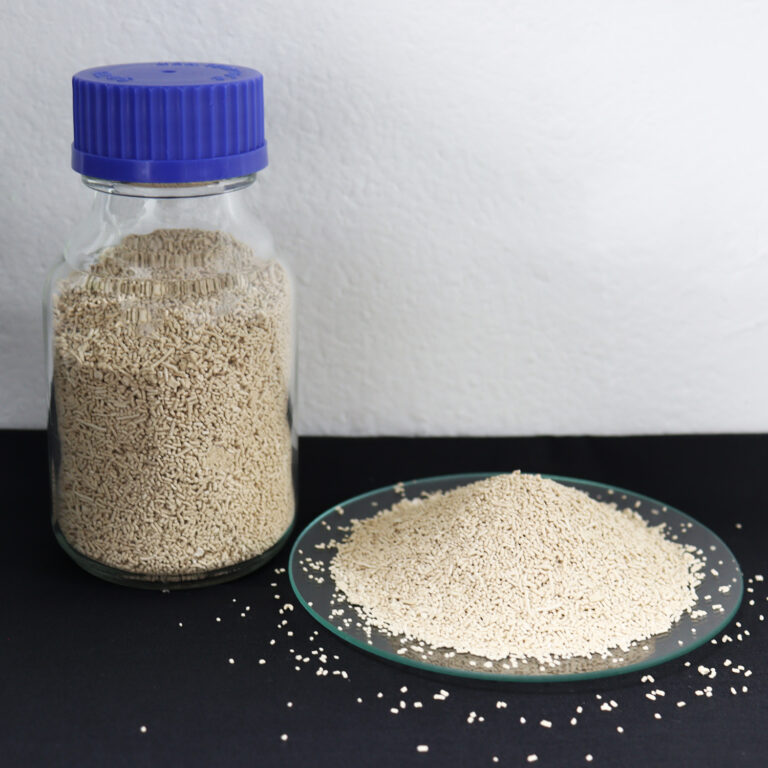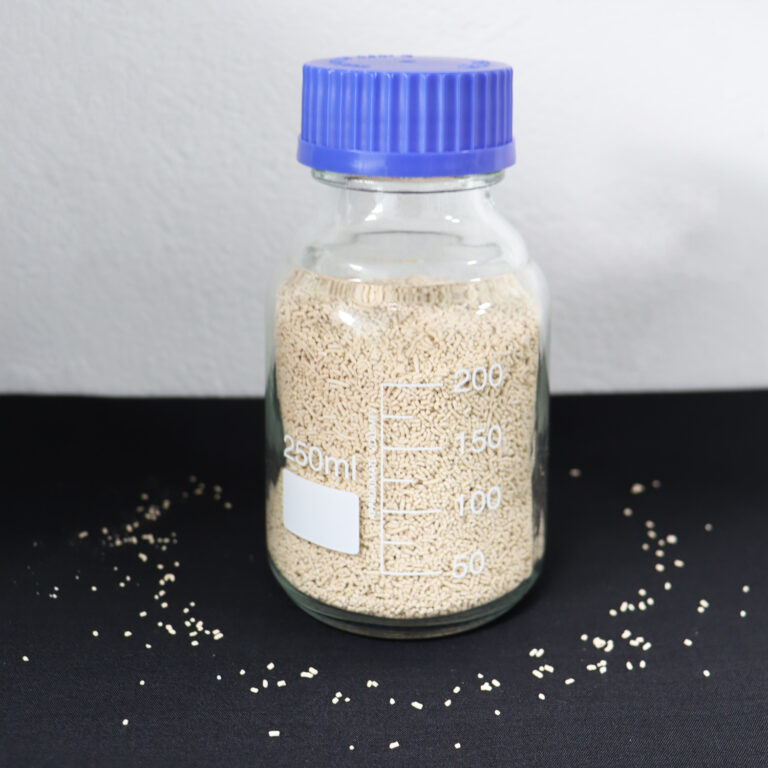Textile finishing is the final stage in fabric production, where chemistry plays a pivotal role in enhancing the look, feel, and performance of textiles. Finishing processes transform raw or dyed fabrics into products that meet modern demands for comfort, durability, and functionality. This article explores how chemistry drives textile finishing and why it is essential in today’s textile industry.
1. Enhancing Fabric Appearance and Texture
Chemistry allows manufacturers to modify fabric surfaces and textures:
- Softening agents improve hand feel, making fabrics more comfortable to wear.
- Calendering and chemical finishes create smooth, glossy, or embossed surfaces.
- Sizing agents strengthen yarns during weaving, ensuring uniformity and reducing defects.
These chemical treatments give fabrics a premium look and feel, enhancing both aesthetics and quality.
2. Functional Finishes for Performance
Modern textiles often require functional properties that improve usability:
- Wrinkle Resistance: Resin-based chemicals allow fabrics to maintain shape and reduce the need for ironing.
- Water and Stain Repellency: Fluorochemical or silicone finishes protect fabrics from spills and moisture.
- Flame Retardancy: Phosphorus- or nitrogen-based chemicals reduce flammability for safety applications.
- Antimicrobial Finishes: Silver nanoparticles or bio-based agents prevent bacterial and fungal growth, ideal for sportswear and medical textiles.
Chemical innovation ensures that these finishes remain durable, effective, and safe for consumers.
3. Sustainable Finishing Processes
With increasing environmental concerns, chemistry also supports eco-friendly textile finishing:
- Enzyme-assisted processes reduce harsh chemical usage.
- Biodegradable finishing agents minimize environmental impact.
- Low-water finishing techniques conserve resources and reduce wastewater contamination.
Sustainable chemical solutions ensure high-performance fabrics without compromising environmental responsibility.
4. The Future of Textile Finishing
Advances in chemistry continue to expand the possibilities of textile finishing:
- Smart textiles with moisture management, UV protection, or temperature regulation.
- Nano-finishes for enhanced durability and multifunctional properties.
- Eco-innovations that combine performance and sustainability.
The integration of chemistry into finishing processes is driving innovation, creating textiles that are more functional, durable, and eco-conscious.
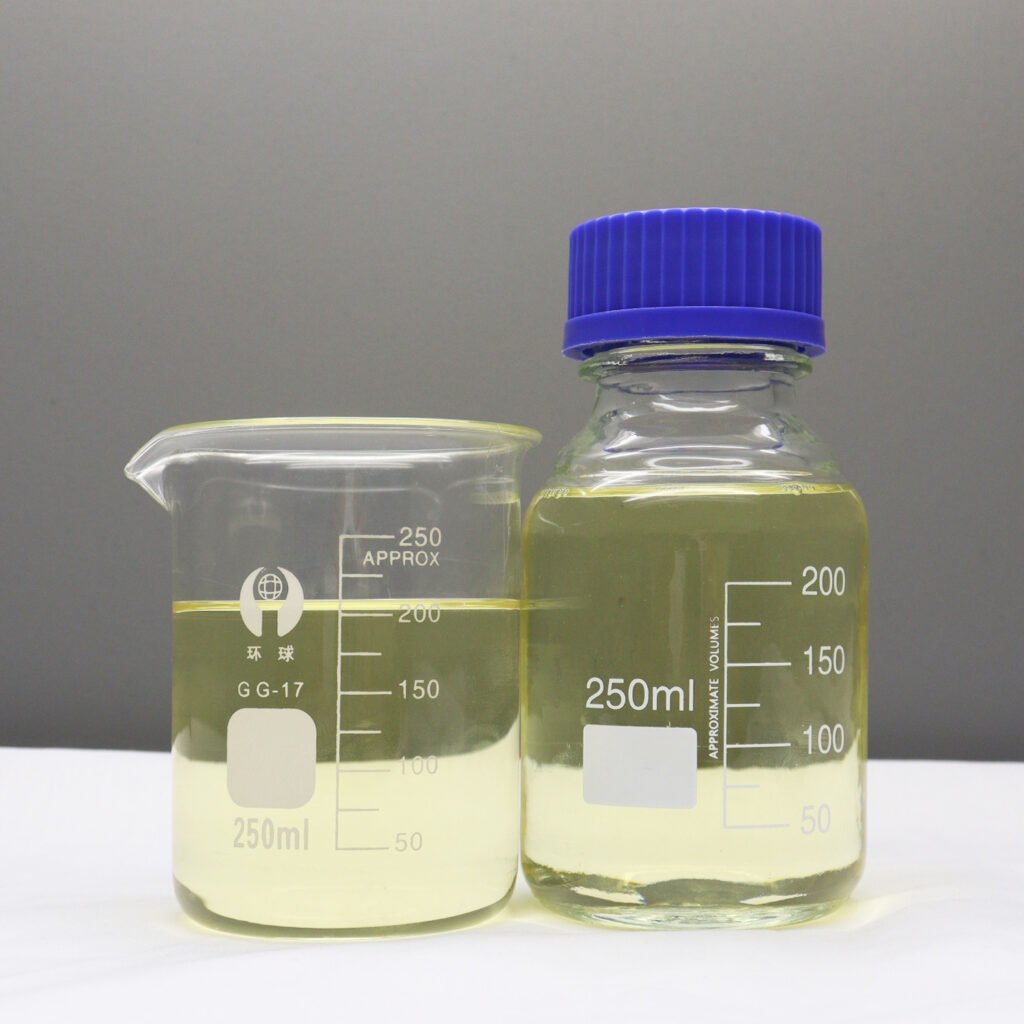

Conclusion
Chemistry is central to textile finishing, providing fabrics with the qualities that consumers expect in modern textiles. From appearance and comfort to safety and sustainability, chemical treatments enhance both the aesthetic and functional performance of fabrics.
For professional guidance and chemical solutions in textile finishing, contact Meixin Biotech at connie.huang@meixinbiotech.com.
Textile Auxiliaries Industry Articles
The Role of Chemistry in Textile Finishing Processes
The Science Behind Fabrics: How Chemistry Shapes What We Wear
Why Chemistry is Essential for Modern Textiles
The Role of Chemistry in the Textile Industry: An Overview
How Chemistry Enhances Comfort, Durability, and Style in Fabrics
Understanding Textile Auxiliaries: The Hidden Chemistry Behind Fabric Quality
Most Common Chemicals Used in the Textile Industry and Their Functions


